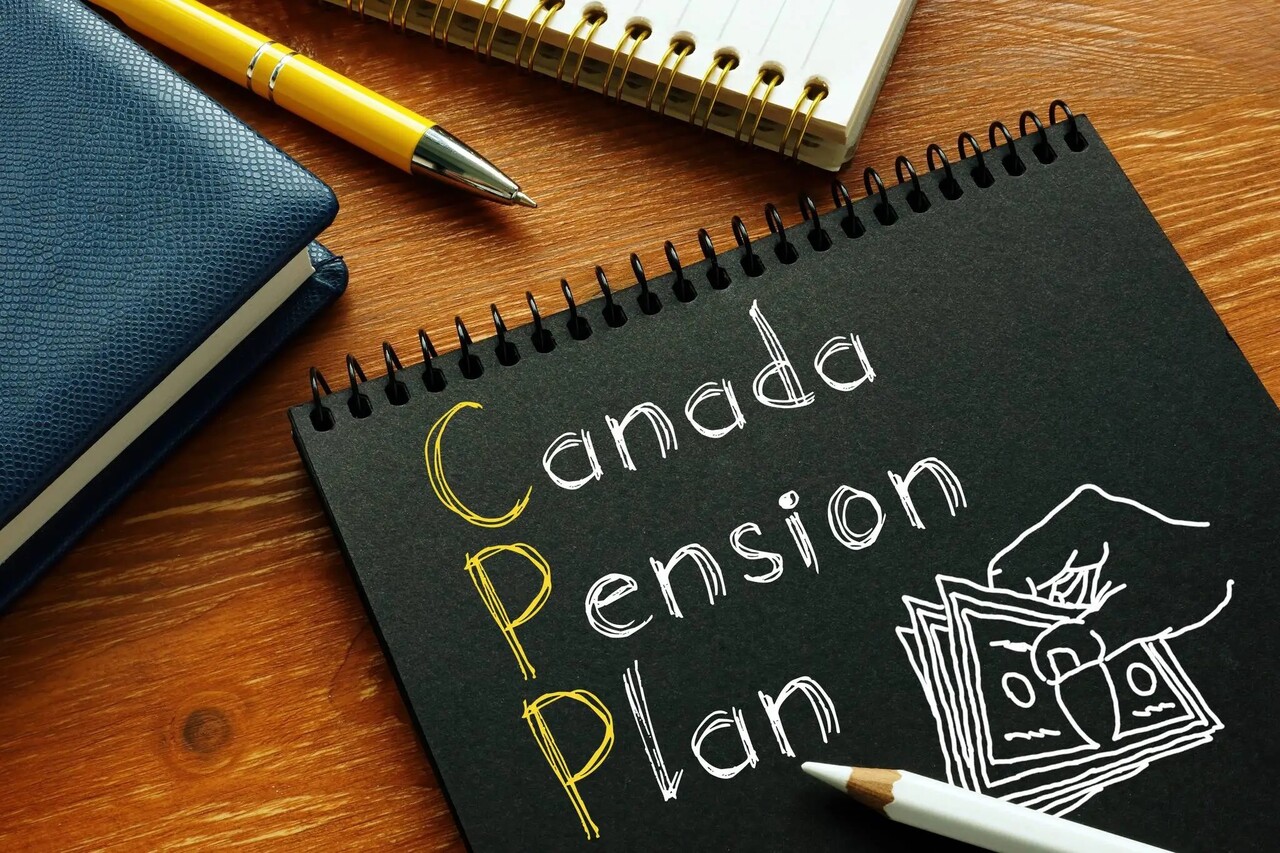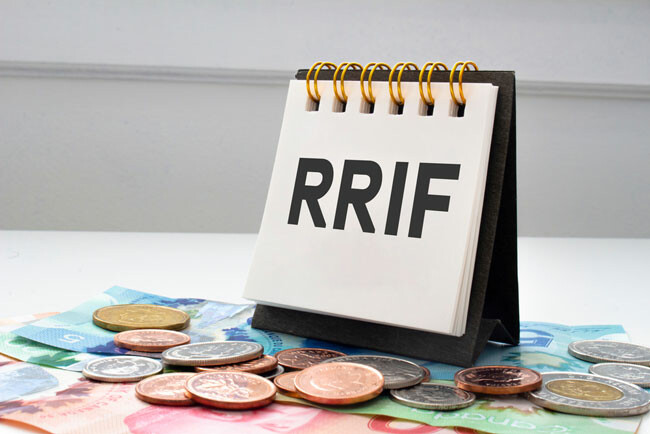Retirement is often seen as the golden era of life—a time when you can finally relax, travel, and enjoy the fruits of your labor. However, as many retirees discover, the transition from a structured work life to the freedom of retirement is not always seamless. Beyond the financial aspects, retirement brings a host of emotional challenges that can catch people off guard.

In planning for retirement, it's crucial to recognize that there is no one-size-fits-all approach. Everyone's financial situation, lifestyle preferences, and long-term goals vary, making the choice of a retirement income strategy a highly personal decision. This article explores two primary strategies for managing retirement income: static and dynamic withdrawal plans.

Estimating the Canada Pension Plan (CPP) benefits you might receive upon retirement can seem complex. However, leveraging the right resources can simplify this process, whether your retirement is imminent or a few years down the line. Learn more here: #retirementplanning #financialplanning #CPP #pensionplan #sbw

The Canada Pension Plan (CPP) is a central part of the retirement planning process for many Canadians. But how does it work, and when should you begin taking benefits?

We will now delve into understanding the tax implications of the Registered Retirement Income Fund (RRIF) upon the death of its holder.

Embarking on retirement is a significant phase of life. To prepare effectively, one must be equipped with the right resources.

Retirement is a reward for a lifetime of work. Why does it so often lead to stress, anxiety, and uncertainty? As you move into this new phase of your life, you must have a plan that considers your financial, health, and social needs.

If an RRSP account was one of the savings vehicles you have taken advantage of to accumulate your retirement nest egg, you should understand how RRIFs work. RRSPs are designed to accumulate savings throughout your working life, and RRIFs are designed to pay income throughout your retirement years.






